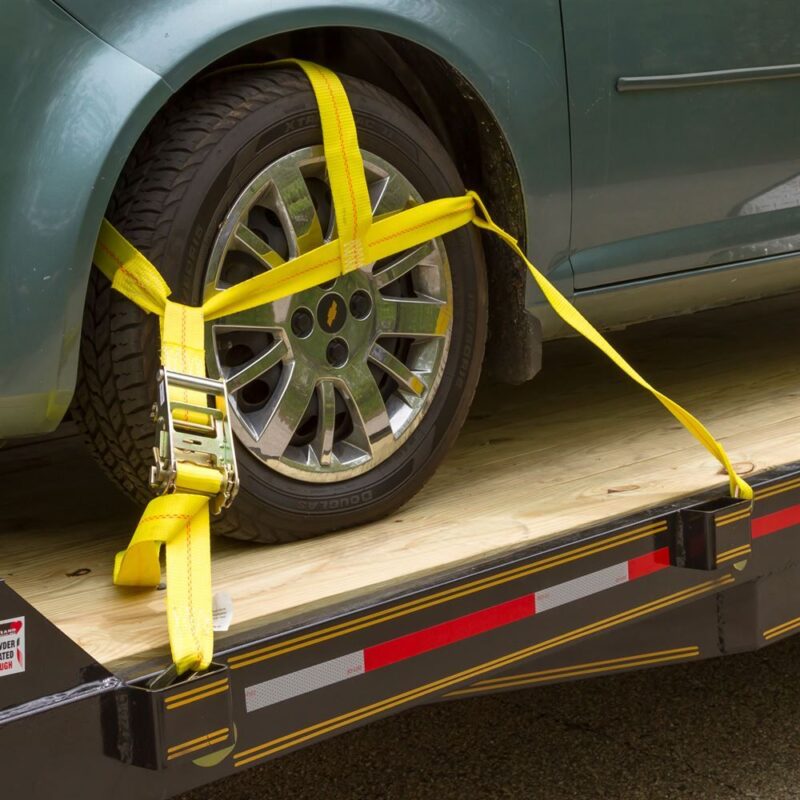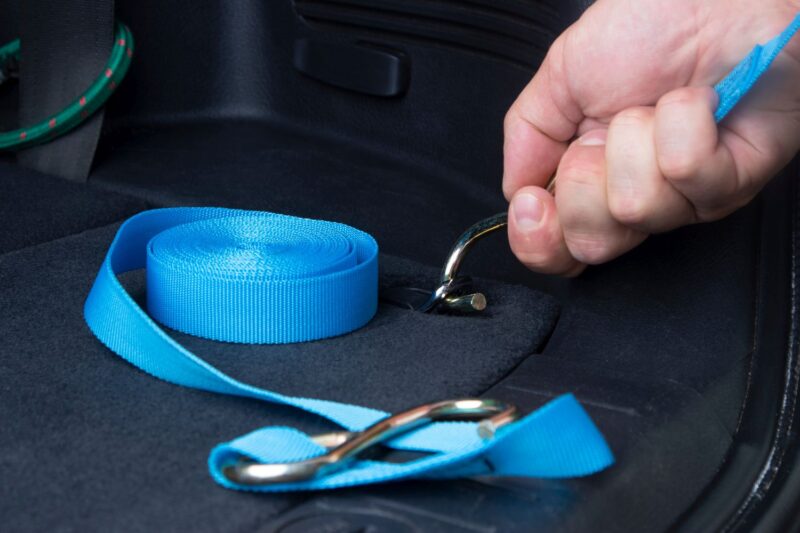I am smart enough to know that companies can commission market research unjust about anything. And I have seen some pretty interesting research reports in my capacity as a freelance writer. Yet I was surprised to run across a recent report focused on tie-down straps. For whatever reason, I guess I just assumed that tie-down straps aren’t an interesting enough topic to research from a market perspective.
I was obviously wrong. Companies that manufacture and sell tie-down straps are just as interested in market research as any other type of business. They want to know exactly where they stand, both now and down the road.
For the record, the report was one of the simplest I have seen. And yet, it offers plenty of helpful information useful to anyone involved in this particular industry. To illustrate the point, here are just a few things I learned by reading the report:
People Are Spending Millions on Tie-Down Straps

The first thing that struck me is just how much money is spent on tie-down straps annually. The global market was valued at USD $153.6 million in 2023. It is expected to balloon to $221.9 million by the end of the decade. Annual growth is expected to come in at 5.4% through 2030.
These numbers tell me something important: people are spending a lot of money on tie-down straps. The types of tie-down straps is something I will get to in a minute. For now, it’s enough to know the consumers are purchasing ratchet straps, cam straps, over-center lever cam straps, and more. It is not clear if the report includes bungee cords and traditional rope.
China Is the Biggest Market
Next, I learned that China is the biggest market for tie-down straps. It accounts for 30% of the total sales. Europe and North America follow, with a combined market share of about 35%. I am not surprised by either number.
Logic dictates China would be among the biggest markets for the simple fact that it has the world’s second largest population, by country, at more than 1.42 billion. China only trails India by roughly 3 million. Based on the reasons people invest in tie-down straps, the Chinese population needs a lot of them.
As for Europe and North America, our populations use tie-down straps for many of the same reasons identified in the Chinese market. And we do these things more frequently than populations in other countries.
Carrying Things Over Land Is the Priority

The last thing I want to discuss is how people are using the tie-down straps they buy. Ratchet straps are the clear leader in terms of the types of products being purchased. I understand that, even though I prefer Rollercam cam straps for my purposes. But when I consider how tie-down straps are being utilized, ratchet straps make perfect sense.
The report mentions three categories for tie-down application:
- Land transportation.
- Aircraft transportation.
- Individual and other applications.
Land transportation applications account for 40% of the total. This category encompasses a full variety of commercial land transport needs including interstate trucking and rail transport. When you consider how critical interstate trucking is to the U.S. economy, it is easy to see why ratchet straps make up the largest segment in terms of sales.
There is more to learn from the market research report than I have been able to discuss in this post. Needless to say there’s a lot more to tie-down straps then even I imagined. It just goes to show that if you manufacture a product people want, they will buy it.


